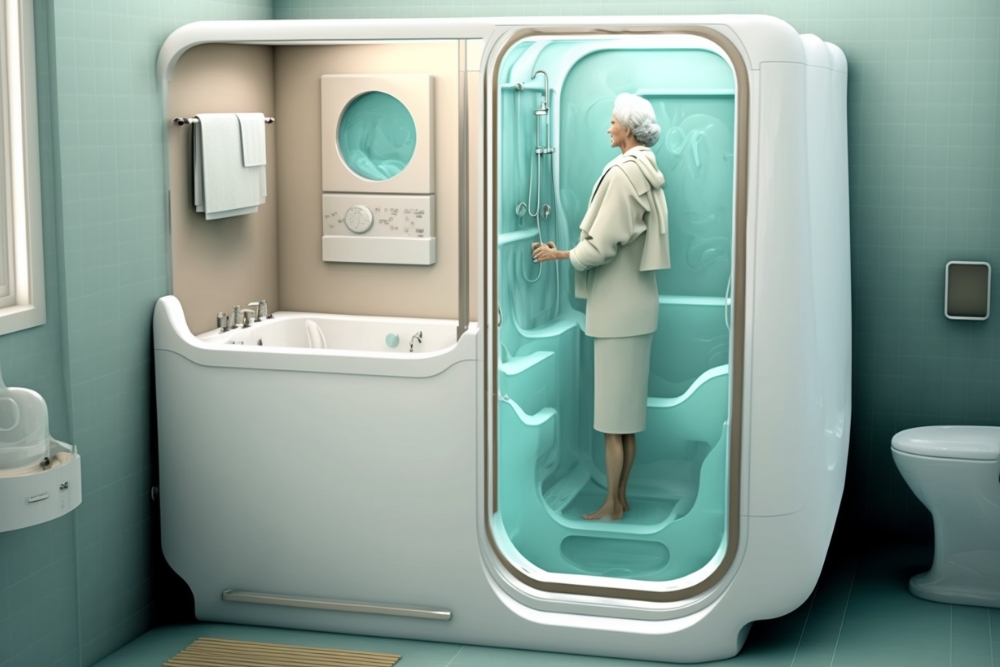Discovering Senior Apartments and What Matters Most When Choosing One
Senior apartments offer older adults a unique living arrangement designed to balance independence with support. Unlike traditional care facilities, these residences provide private homes within communities built specifically for active seniors who want to maintain their autonomy while enjoying access to amenities, social opportunities, and optional assistance when needed.

As people reach their later years, many begin exploring housing options that better suit their changing needs and lifestyle preferences. Senior apartments have emerged as a popular choice for those seeking a middle ground between fully independent living and more intensive care environments. Understanding what these communities offer and how to evaluate them can help individuals and families make informed decisions about this important life transition.
What Senior Apartments Are and Who They Serve
Senior apartments are residential communities specifically designed and built for older adults, typically those aged 55 and above. These living spaces support independent living by providing age-appropriate housing that removes common barriers found in traditional homes. Residents maintain their own private apartments while benefiting from a community designed with their needs in mind. The concept centers on enabling seniors to live autonomously without the maintenance burdens of homeownership or the isolation that can come with aging in place. These apartments serve active older adults who are capable of managing their daily activities but appreciate having services and support readily available should circumstances change.
Everyday Features in Modern Senior Apartments
Modern senior apartment communities blend private homes with thoughtfully designed shared spaces. Each resident enjoys their own apartment, complete with a kitchen, bathroom, living area, and bedroom. These private homes are built with accessibility features such as wider doorways, grab bars, and step-free entries. Beyond individual units, communities offer shared amenities that enhance daily life and foster social connections. Common spaces typically include fitness centers, libraries, craft rooms, and lounges where residents can gather. Community spaces serve as hubs for activities, classes, and events that keep residents engaged. Optional on-site support varies by community but may include meal services, housekeeping, transportation assistance, and wellness programs. Some communities also provide access to healthcare coordination or emergency response systems, giving residents and their families added peace of mind.
How This Lifestyle Differs from Traditional Care Homes
The distinction between senior apartments and traditional care homes is significant and appeals to many older adults for good reason. Traditional care homes, such as nursing facilities or assisted living centers, provide hands-on medical care and assistance with daily activities like bathing, dressing, and medication management. Senior apartments, by contrast, are designed for individuals who do not require this level of care. Residents live independently, managing their own schedules, meals, and activities. The emphasis is on community and convenience rather than medical supervision. This independence is precisely why many older adults find senior apartments appealing—they can maintain their autonomy and dignity while enjoying the benefits of community living. The social aspect is particularly valuable, as residents can form friendships, participate in group activities, and avoid the loneliness that sometimes accompanies aging.
Main Benefits of Senior Apartment Living
Senior apartments offer multiple advantages that contribute to quality of life in later years. Comfort is enhanced through age-friendly design and maintenance-free living, allowing residents to enjoy their space without worrying about repairs or yard work. Safety features built into the apartments and community provide reassurance, with many communities offering security systems, emergency call buttons, and staff availability. Independence remains a cornerstone benefit, as residents retain control over their daily routines and lifestyle choices. An active community atmosphere combats isolation and promotes mental and physical well-being through organized activities, social events, and opportunities for engagement. Peace of mind extends to both residents and their families, knowing that support is available if needed and that the living environment is designed to accommodate changing needs over time.
What to Consider When Exploring Senior Apartments
Choosing the right senior apartment requires careful evaluation of several key factors. Location plays a crucial role, as proximity to family, friends, healthcare providers, and familiar neighborhoods can significantly impact satisfaction and quality of life. Accessibility features should be thoroughly assessed, including whether units and common areas accommodate mobility aids and whether the community is designed for aging in place. Services offered vary widely between communities, so understanding what is included in monthly fees versus what costs extra is essential. The community atmosphere deserves attention as well—visiting during activities, talking with current residents, and observing the social environment can reveal whether the culture aligns with personal preferences. Long-term value involves considering not just current costs but also how fees may change, what happens if care needs increase, and whether the community offers continuity of care options. Financial transparency, contract terms, and refund policies should be clearly understood before making commitments.
Conclusion
Senior apartments represent a thoughtful housing solution for older adults seeking to maintain independence while enjoying community support and age-appropriate amenities. By understanding what these communities offer, how they differ from traditional care settings, and what factors matter most in selection, individuals and families can make choices that align with personal values, lifestyle preferences, and long-term needs. Taking time to research, visit communities, and ask detailed questions ensures that the transition to senior apartment living becomes a positive step toward a fulfilling and secure future.




